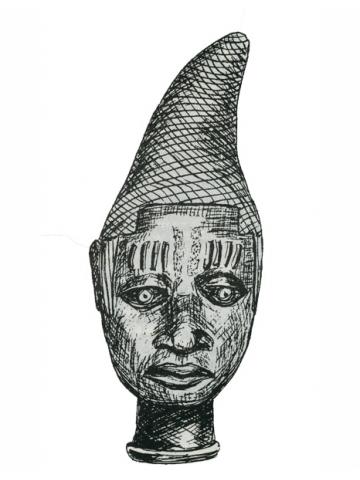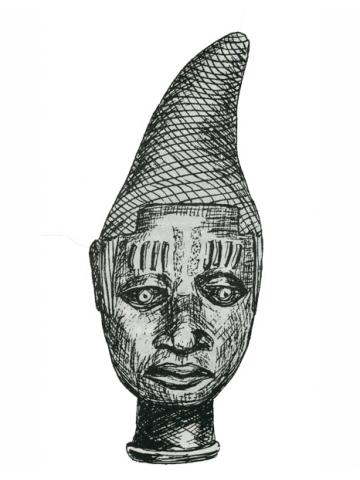
Queen Mother Symbol

QUEEN MOTHER
In many African tribes, the queen mother had the same rights as the king. Often in important matters her word was decisive, the same applied to the issue of choosing a new king. Under certain conditions, she could take on the duties of the king after his death.
The queen mother was considered the mother of all kings in a figurative sense of the word, only in some cases was she actually the mother of the king. She could be either a sister, an aunt, or any other member of the royal family that was able to take this post. Often, the princess, who was forbidden to marry because of her noble birth, was proclaimed the queen-mother. She was allowed to have children born out of wedlock, who could later take on higher and even the highest government office.
As a rule, the queen mother possessed great power, had large land holdings and her own retinue. She was allowed to choose for herself many lovers or husbands, who are often, as, for example, in the kingdom of Luanda, which is located on the territory of the Congo, are officially called spouses (wives).
1. Bronze head of the queen-mother from ancient Benin. Only she was allowed to wear such a headdress. Sacrificial signs are clearly visible on her forehead.
2. The ivory queen mother mask also comes from Benin, but probably belongs to a later era. On her collar and headdress, stylized images of the heads of the Portuguese are visible. Oba (the king) wore such a mask on his belt, thereby demonstrating his exclusive right to trade with foreigners. Typical sacrificial marks are visible on the forehead.
3. This is a reliable portrait of the only ruler from the kingdom of Ifa in southwestern Nigeria. The lines crossing the entire face are either tattoo scars, a sign of beauty and rank, or a veil on the face made of beaded threads.
Source: "Symbols of Africa" Heike Ovuzu
Leave a Reply